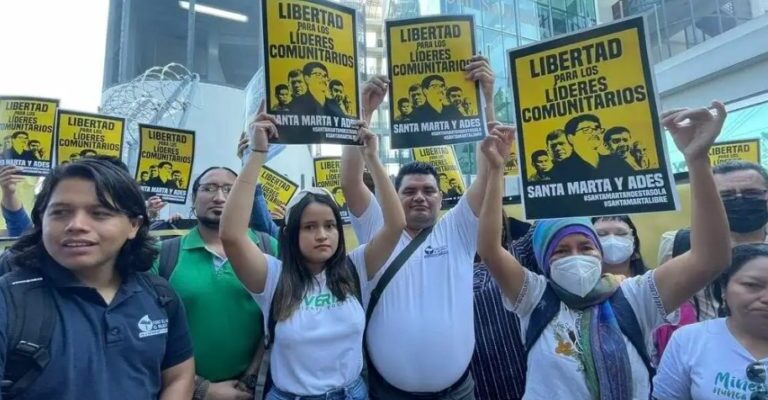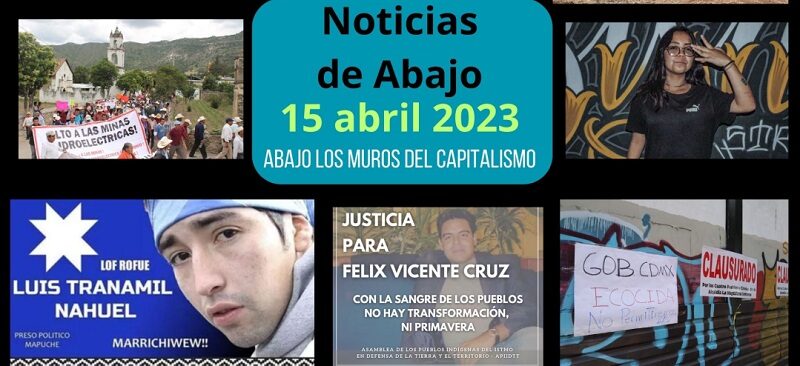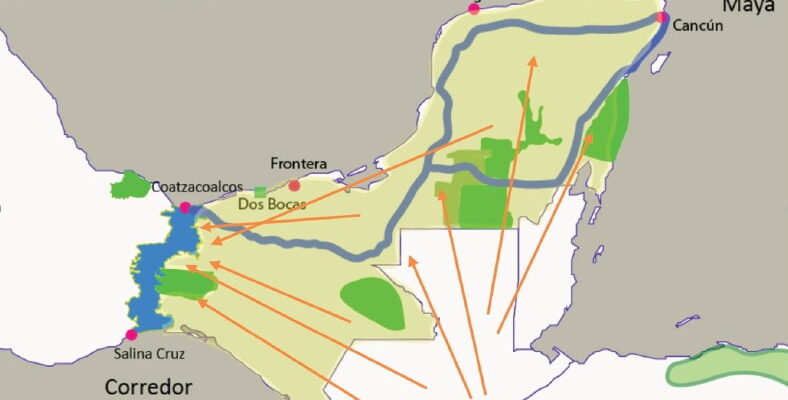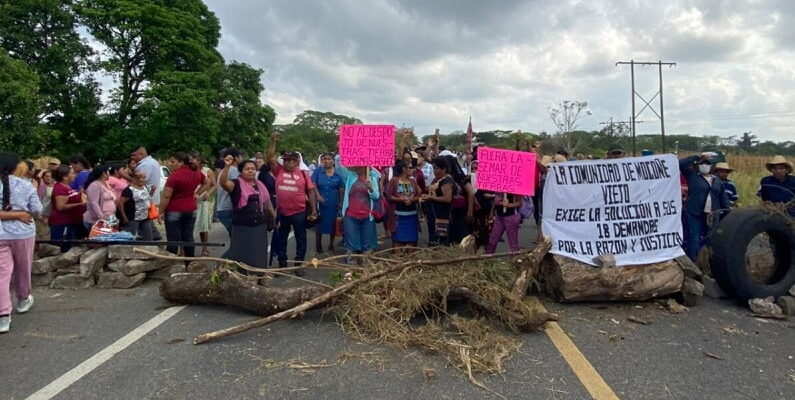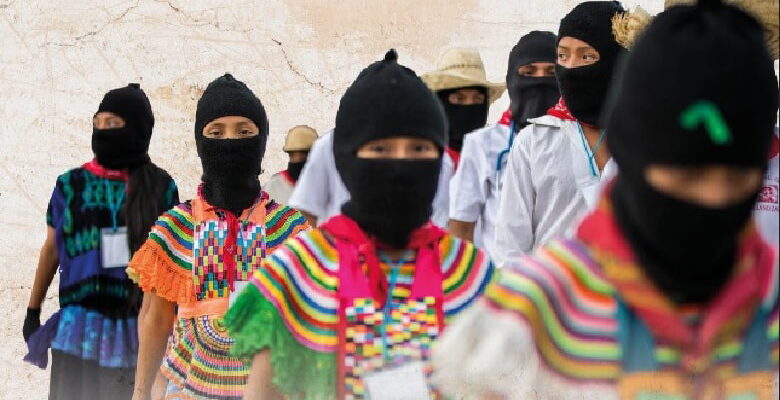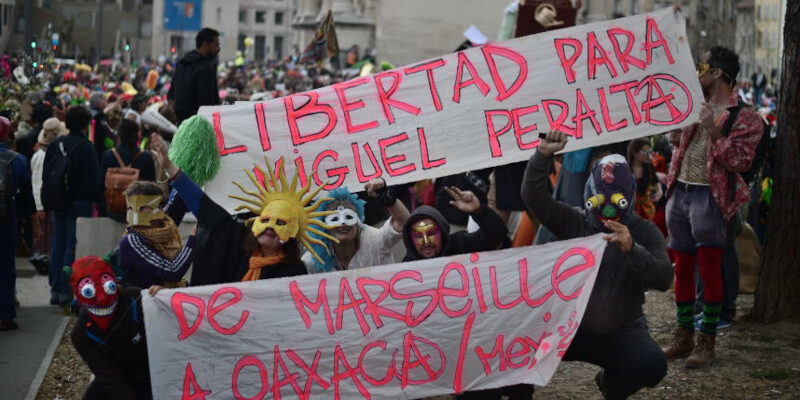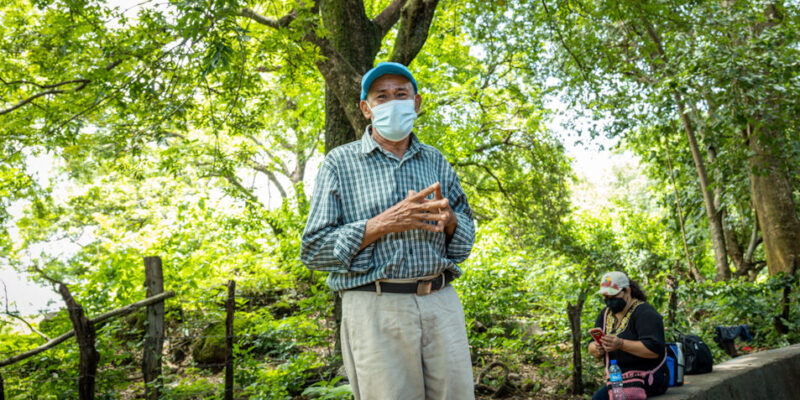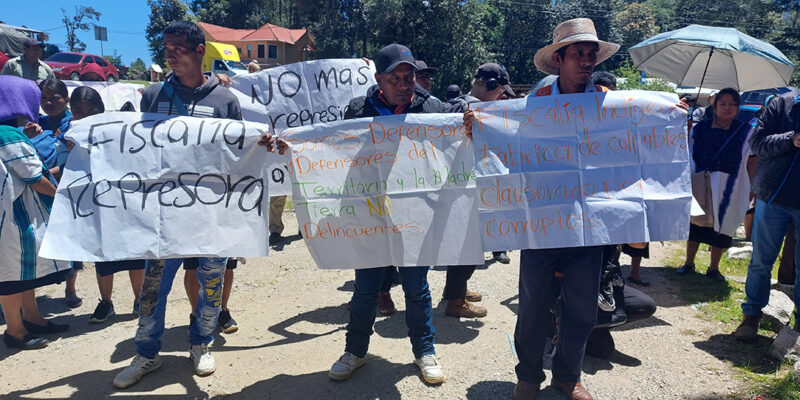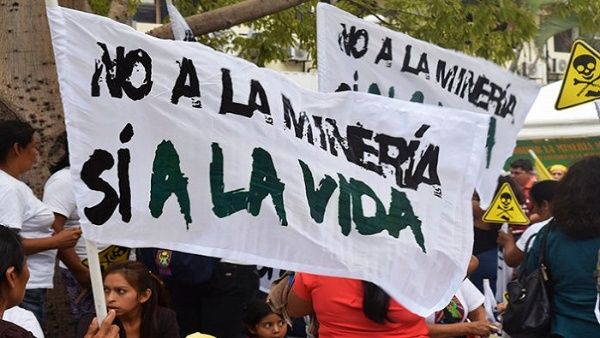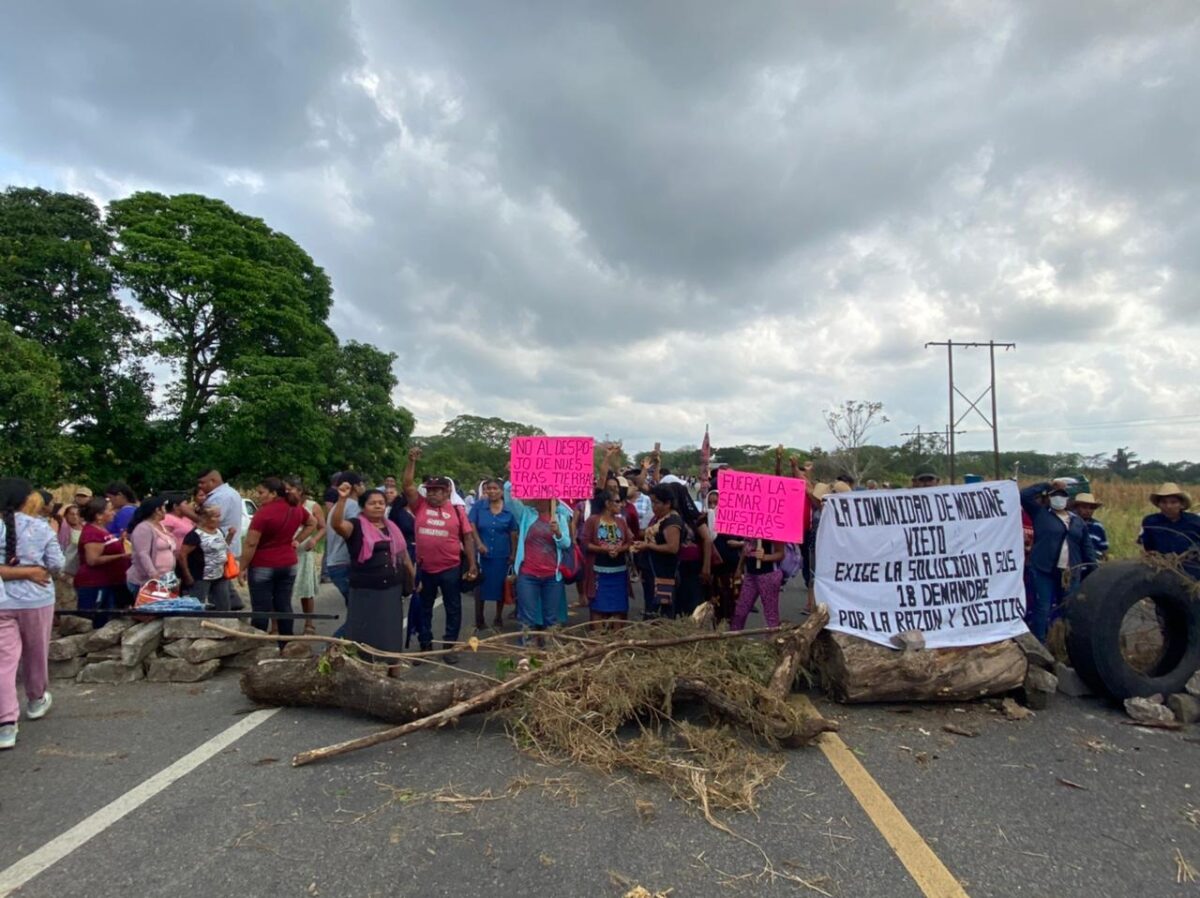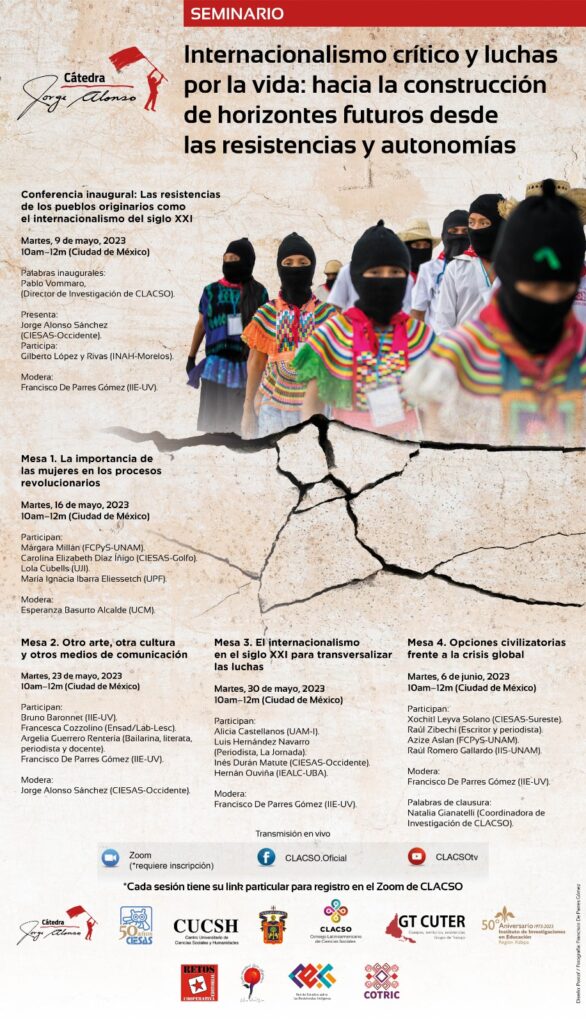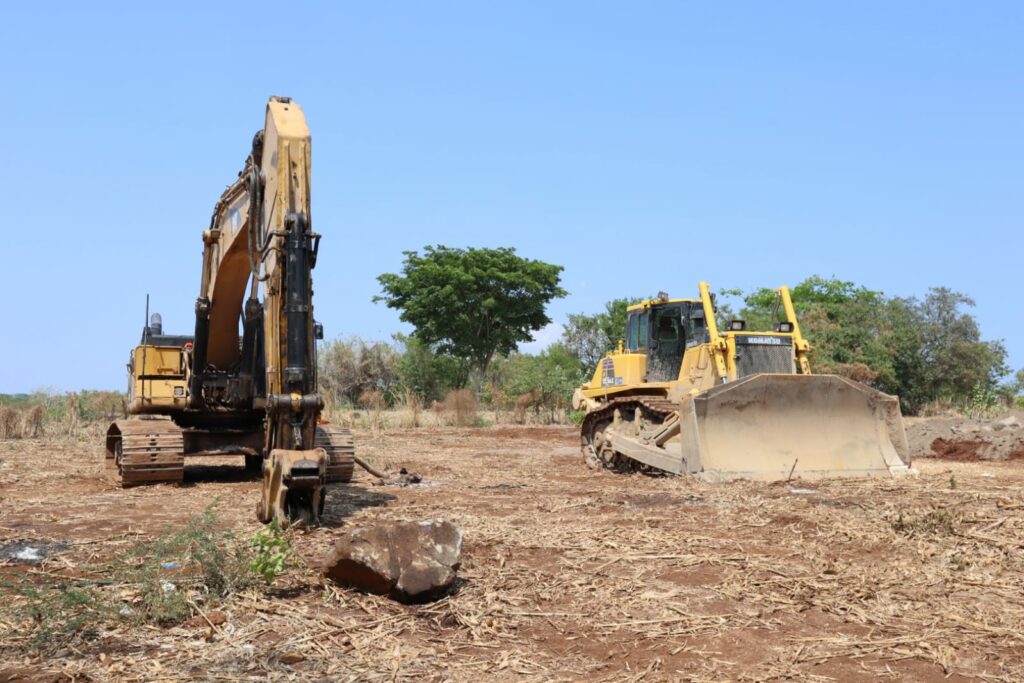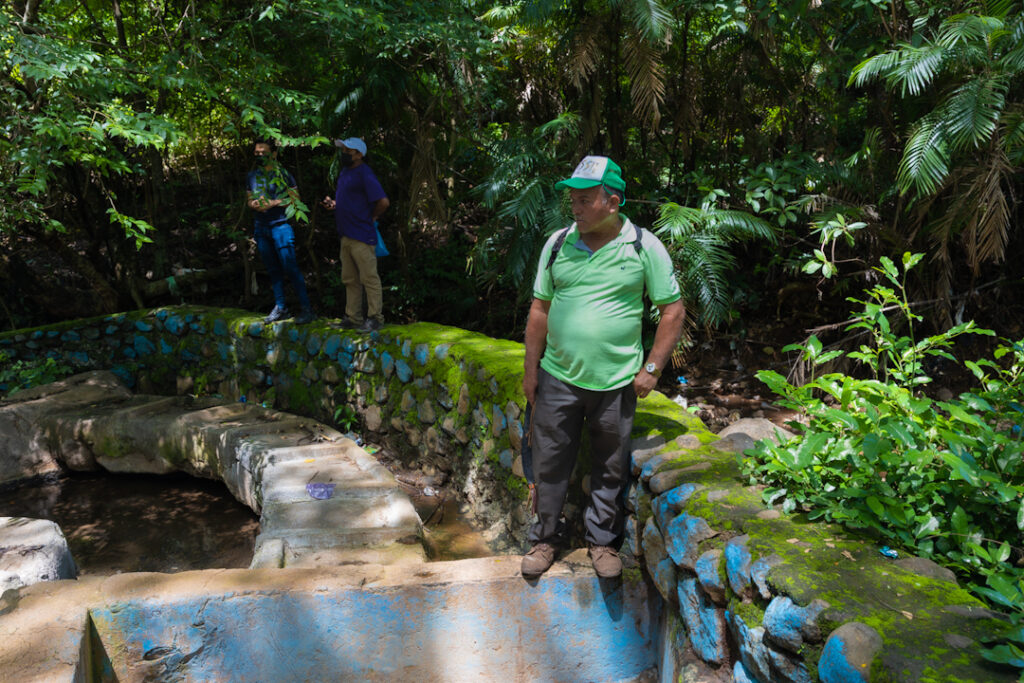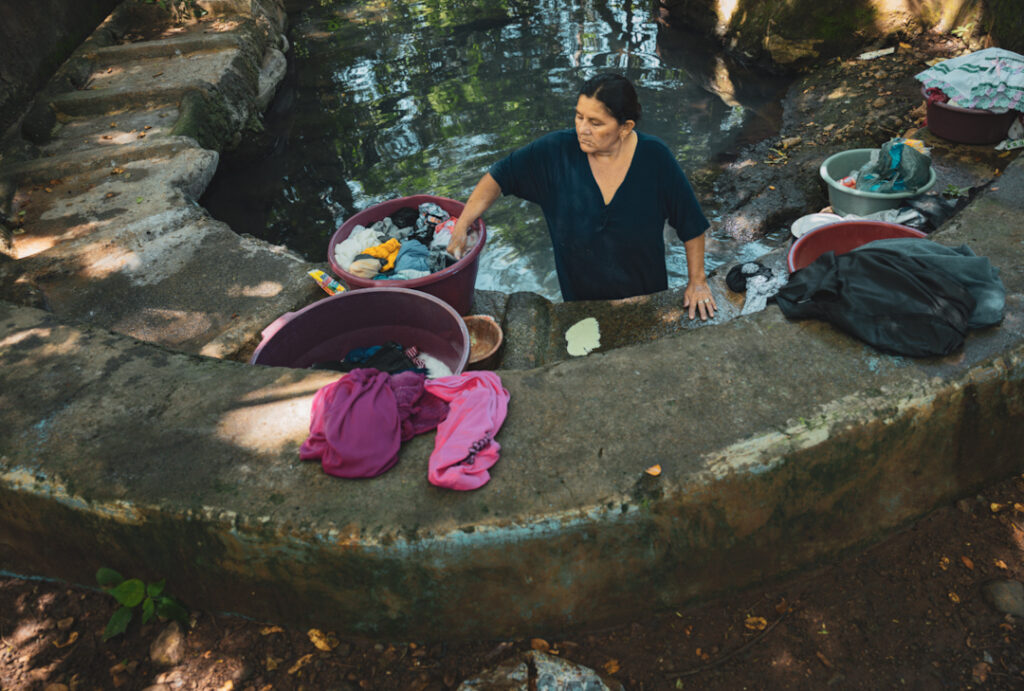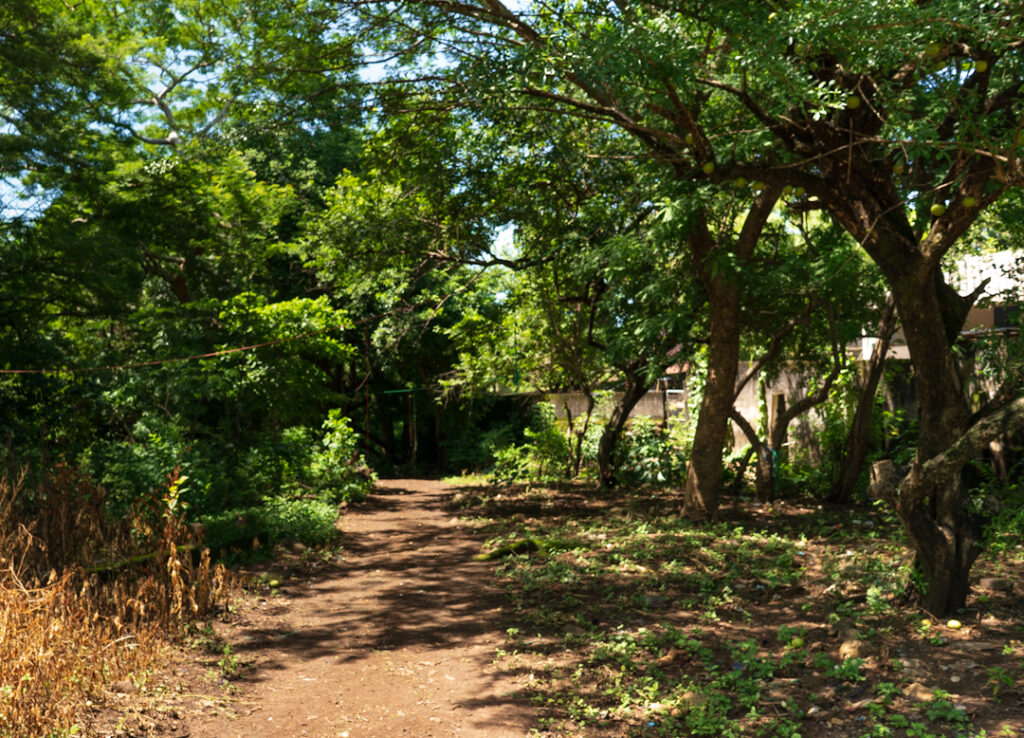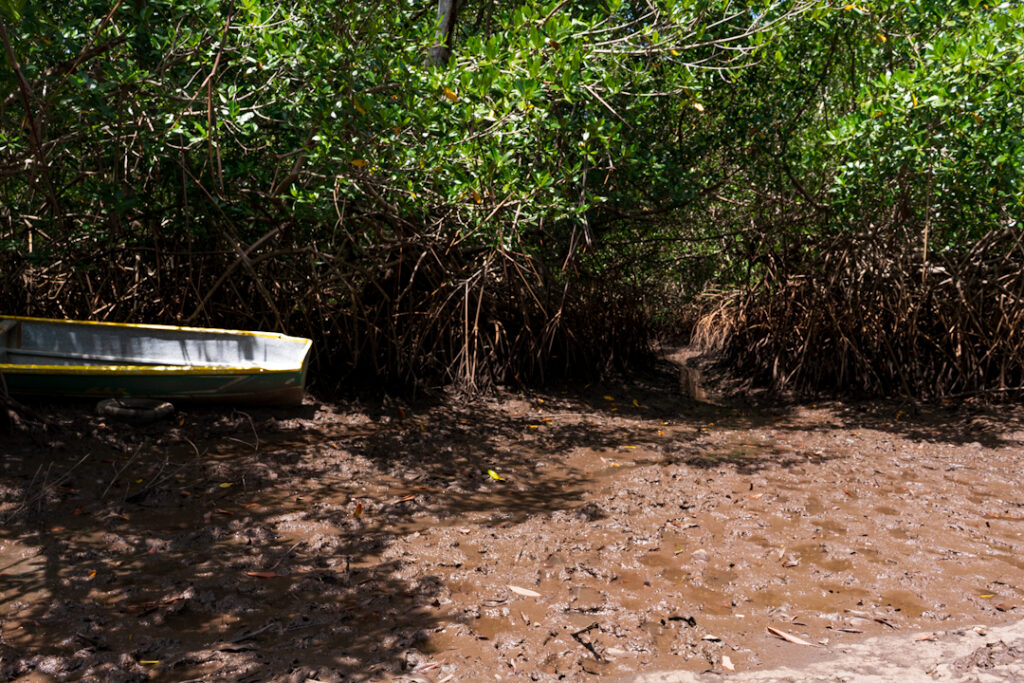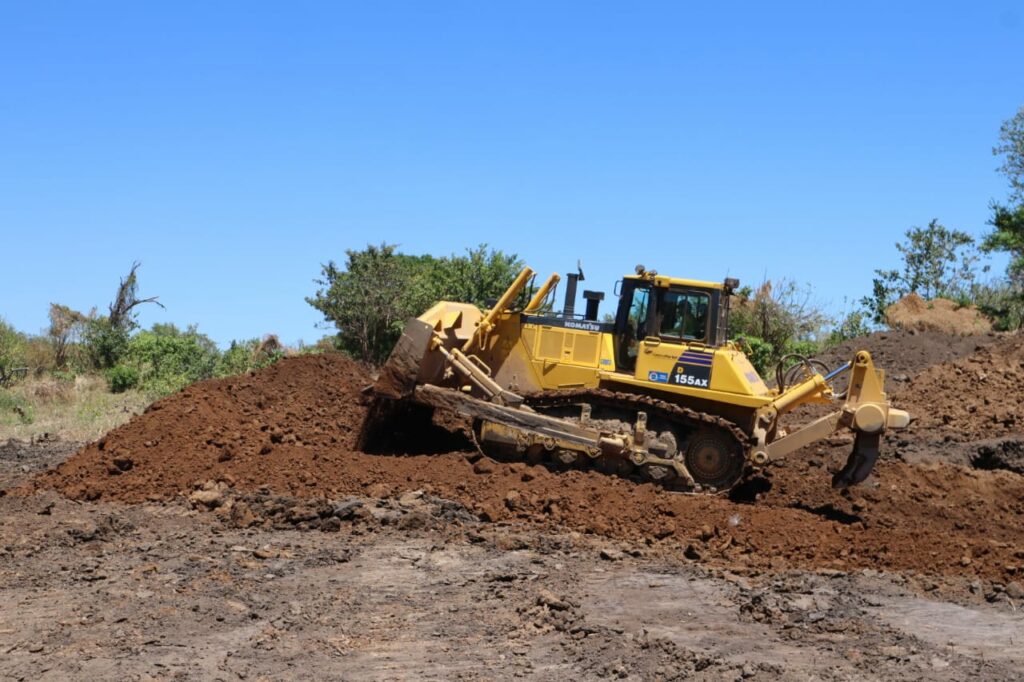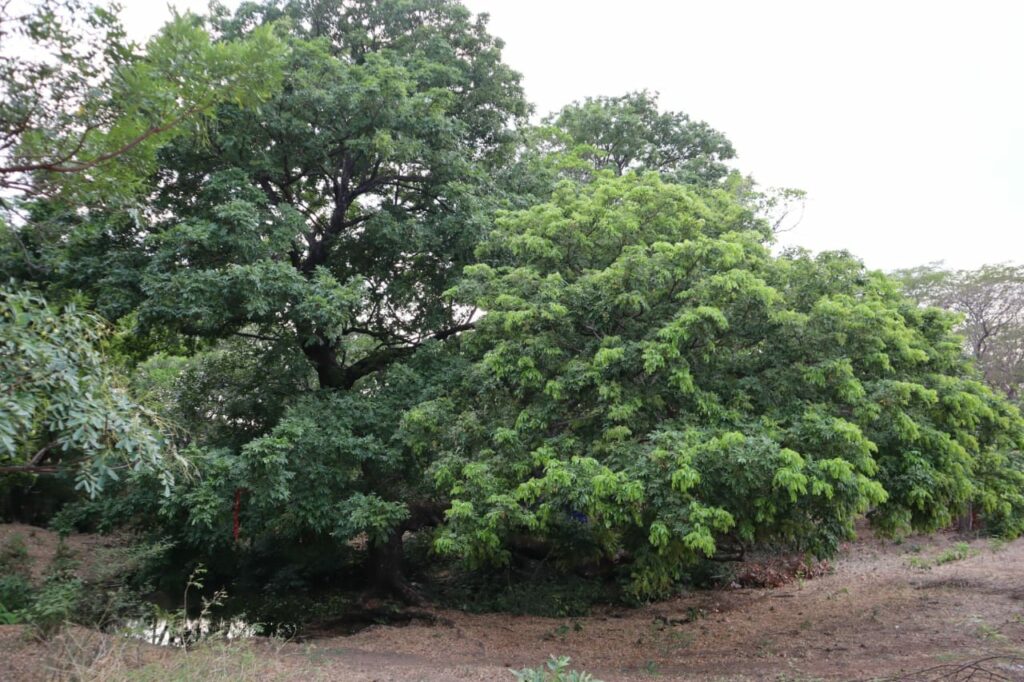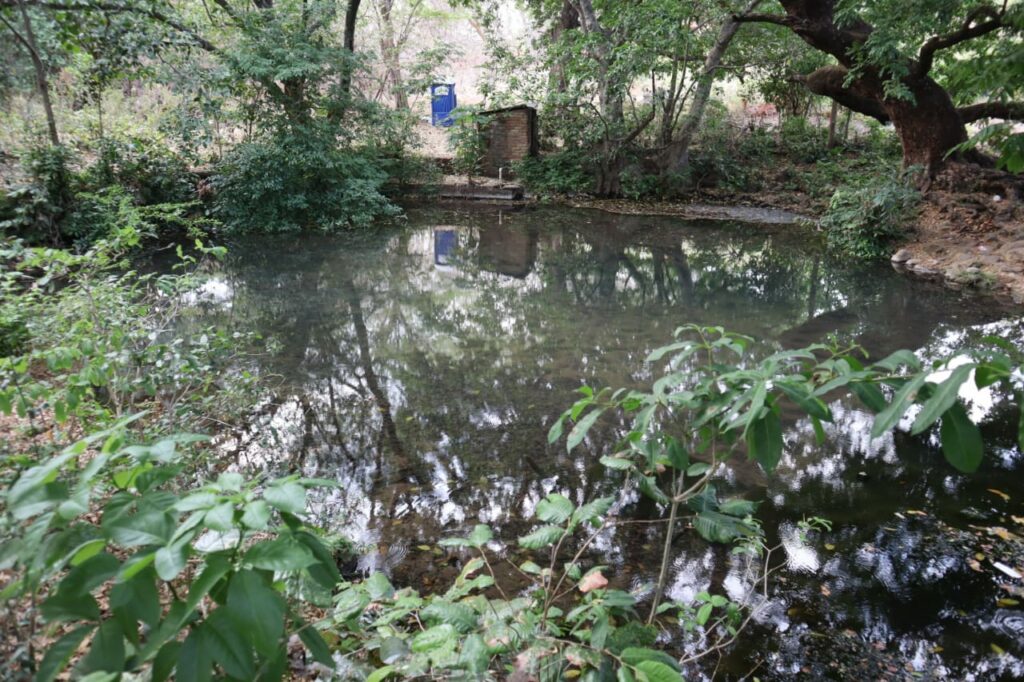
(Español) Brasil | Bolsonaro es responsable por emitir más de 50 millones de toneladas de CO2
Fuente: Avispa Midia
Por Sare Frabes
Foto por greenpeace
La semana pasada la revista científica Scientific Reports, del grupo Nature, lanzó un estudio donde documenta que entre los años 2013 y 2021 la deforestación aumentó en 129% en territorios indígenas, a la par, se aceleró la minería ilegal en estas mismas zonas. Esto fue causa de la emisión de 96 millones de toneladas de dióxido de carbono (CO2), del cual se responsabiliza en un 59% al gobierno del expresidente de Brasil, Jair Bolsonaro, por un equivalente a 57 millones de toneladas de CO2.
El CO2 es uno de los principales gases emitidos hacia la atmosfera responsable por el llamado efecto invernadero, que a su vez es uno de los responsables del aumento de la temperatura en el planeta.
Solo en los tres primeros años de gobierno de Bolsonaro se registró un aumento del 195% en la deforestación con un avance del 30% hacia tierras indígenas establecidas en la selva, alcanzando áreas anteriormente conservadas. El año 2020 es considerado como el de mayor tasa de deforestación de la década, alcanzando más de 10 kilómetros cuadrados deforestados, para dar paso a la minería y la agricultura industrial.
Esta destrucción de la selva fue superada en 2021, con un aumento del 20% de salva talada, alcanzando los 13 mil kilómetros cuadrados, según constató el equipo que trabajó en esta investigación, el cual esta conformado por científicos de diez instituciones y universidades ubicadas en Brasil, Estados Unidos, Holanda y Reino Unido, además de investigadores del IPAM (Instituto de Investigación Ambiental de la Amazonia).
Por ello, el equipo de científicos sostiene que urge al actual gobierno de este país sudamericano, presidido por Luiz Inacio Lula da Silva, frenar la deforestación en los territorios indígenas, ya que son considerados territorios determinantes ante la crisis climática. Así mismo se recomienda garantizar los derechos de estos pueblos sobre sus tierras.
Según el informe, los territorios indígenas en Brasil albergan alrededor de 700 mil indígenas y más de la mitad de ellos se encuentra en la Amazonia brasileña. Estos territorios concentran más de un millón de kilómetros cuadrados de selva tropical que contribuyen a la regulación del clima, además de albergar una gran biodiversidad y diversidad sociocultural.
“Durante el gobierno de Bolsonaro, con el debilitamiento de las instituciones ambientales y los intentos inconstitucionales de explotar económicamente estos territorios, la deforestación ha aumentado significativamente. Los resultados de nuestro trabajo, por lo tanto, son una importante contribución al nuevo gobierno en la reconstrucción del sistema de gestión ambiental del país”, valora Celso Henrique Leite Silva Junior, investigador del IPAM.
(Español) A seis años de su prohibición, organizaciones alertan reactivación de minería en El Salvador
Fuente: Avispa Midia
Por Sare Frabes
En portada: Protesta antiminera en El Salvador. Organizaciones rechazan la criminalización de líderes comunitarios por su destacada lucha contra la industria extractiva en el norte del país centroamericano.
Los últimos días de marzo marcaron el sexto aniversario de la prohibición de la minería metálica en El Salvador. Pese a la celebración, organizaciones sociales y ambientales exigen mantener la proscripción de la industria extractiva ante acciones del gobierno de Nayib Bukele que muestran señales para su reactivación.
La Mesa Frente a la Minería Metálica es una de las organizaciones que denunciaron que la actual administración pretende reactivar la minería de oro y plata, lo cual pone en riesgo al río Lempa, el principal afluente del país, en cuya cuenca se ubican los principales proyectos mineros.
Mediante pronunciamiento, la Mesa exigió al presidente y a la Asamblea Legislativa a “descartar cualquier intención de reforma, derogación o implementación de leyes paralelas que la contradigan”, en referencia a la reglamentación que convirtió a El Salvador, en 2017, en el primer país del mundo en prohibir la extracción minera en su territorio. En aquel momento, la nación centroamericana argumentó que la minería es inviable debido a condiciones como su estrechez territorial, alta densidad poblacional y grave crisis hídrica.
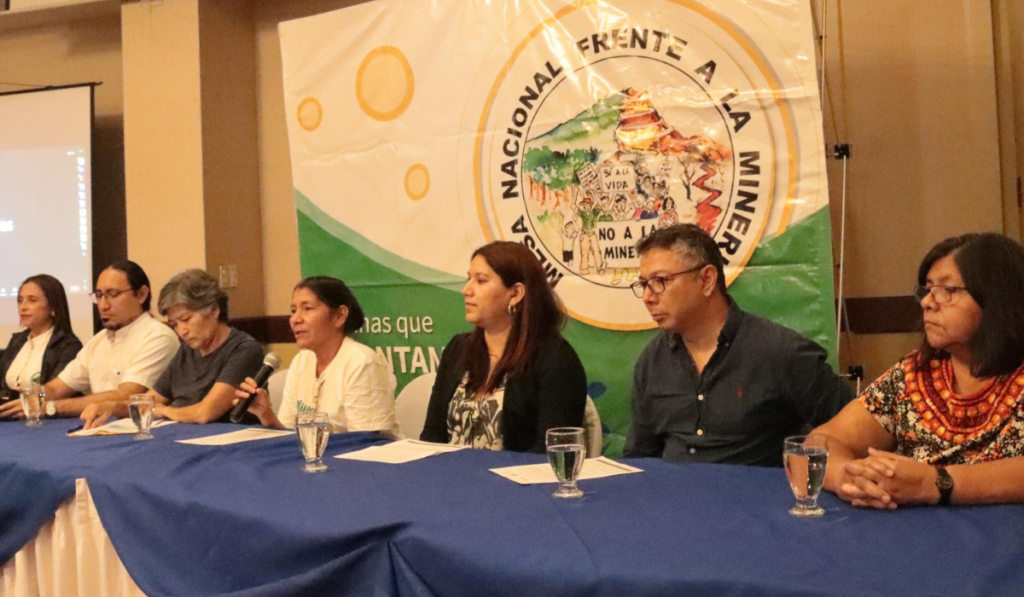
En conferencia de prensa, los ambientalistas señalaron que se encuentran en alerta debido a las amenazas de reactivación de la minería, debido a que el actual gobierno está recibiendo presiones de las empresas internacionales para darle apertura nuevamente a dicha industria, pese a que “las condiciones ambientales que hacían inviable la minería, ahora son aún más graves que cuando se aprobó la ley”.
Golpe a organización antiminera
Más de 50 organizaciones se adhirieron a la exigencia de mantener la prohibición de la industria extractiva. Una de las firmantes es la Asociación de Desarrollo Económico Social Santa Marta (ADES), cuyo director ejecutivo, Antonio Pacheco, se encuentra detenido desde enero de este año, junto a otros cuatro activistas antimineros, tras alertar sobre el posible retorno de la minería al país centroamericano.
Por ello, las organizaciones demandaron “el cese de la persecución contra líderes comunitarios y que el aparato judicial no sea utilizado para criminalizar a defensores ambientales, sobre todo cuando a ellos el país les debe el estar a salvo de los graves daños de la minería metálica”.
Los activistas detenidos forman parte de la comunidad de Santa Marta en el departamento de Cabañas, cuya región, al norte del país, se encuentra en la mira de empresas mineras para extraer oro y plata.
Fue en el periodo de 2000 al año 2017, cuando empresas canadienses y australianas mantuvieron acciones para implementar la minería, en oposición a las comunidades de la región.
Con la detención de los líderes comunitarios, a principios del 2023, las comunidades acusan irregularidades en el proceso judicial. Señalan que fueron acusados, sin pruebas, de un crimen supuestamente cometido en el marco del conflicto armado hace 30 años, ignorando procesos jurídicos establecidos y violando la Ley de Reconciliación Nacional. Resalta que los detenidos tienen una larga historia de lucha antiminera en Cabañas, por lo que las organizaciones denuncian que la motivación real del gobierno es debilitar la resistencia minera en la zona.
Amenaza latente
De acuerdo a los ambientalistas, existen más de 50 proyectos mineros que amenazan con contaminar el río Lempa, el cual abastece de agua a más de 3 millones de salvadoreños.
Debido a esta cantidad de proyectos y las iniciativas del presidente Bukele, quien promueve la inversión en infraestructura como el Tren y el Aeropuerto del Pacífico, así como la ciudad Bitcoin, las organizaciones señalan diversas acciones gubernamentales que indican el regreso de la minería.
Por ejemplo, indican que, en mayo de 2021, El Salvador se hizo miembro del Foro Intergubernamental sobre Minería, Minerales, Metales y Desarrollo Sostenible, una red de 77 países que promueve la minería metálica en el mundo.
Para octubre del mismo año, la Asamblea Legislativa aprobó una nueva ley, creando la Dirección de Energía, Hidrocarburos y Minas con el mandato de fomentar la minería en el país. Además, el presupuesto del país para este año incluye $4.5 millones de dólares para “revisar y actualizar” la ley que prohíbe la minería metálica.
Pendientes
En conferencia de prensa, miembros de la Mesa Nacional Frente a la Minería Metálica pidieron al Estado retomar el estudio de un proyecto de ley para sustituir al actual reglamento para garantizar la prohibición de la minería metálica en el país centroamericano.
Ariela González, integrante de la Mesa, sostuvo que, a seis años de la creación de la Ley de Prohibición Contra la Minería Metálica, muy poco se ha avanzado en reducir los daños al ecosistema que dejaron las empresas mineras. Por ello, la ambientalista pidió al Estado salvadoreño cumplir con obligaciones pendientes, como ejecutar los cierres técnicos de minas en abandono y procesos de remediación ambiental además de que se prohíba la minería artesanal.
“Que se tome en cuenta la propuesta para un nuevo reglamento de la Ley de Prohibición Contra la Minería Metálica propuesta en noviembre de 2022 por la Mesa Nacional Frente a la Minería Metálica de El Salvador para evitar la contaminación del agua y que esta siga ocurriendo, así como contrarrestar la posibilidad de que surjan más drenajes ácidos en minas”, dijo González.
Los ambientalistas también pidieron a los diputados de la Asamblea Legislativa aprobar una reforma a la Constitución de la República para prohibir la minería metálica en todas sus modalidades y que se implemente la Ley General de Recursos Hídricos para suscribir convenios internacionales para detener la contaminación del río Lempa.
El pasado 4 de marzo, más de 400 líderes de comunidades de Chalatenango, Cuscatlán, Cabañas, La Libertad, La Paz y otros departamentos convergieron en el Encuentro Nacional frente las Nuevas Amenazas de la Minería Metálica en El Salvador para protestar contra la represión en Cabañas y para seguir posicionándose en contra de la minería metálica en todo el país.

